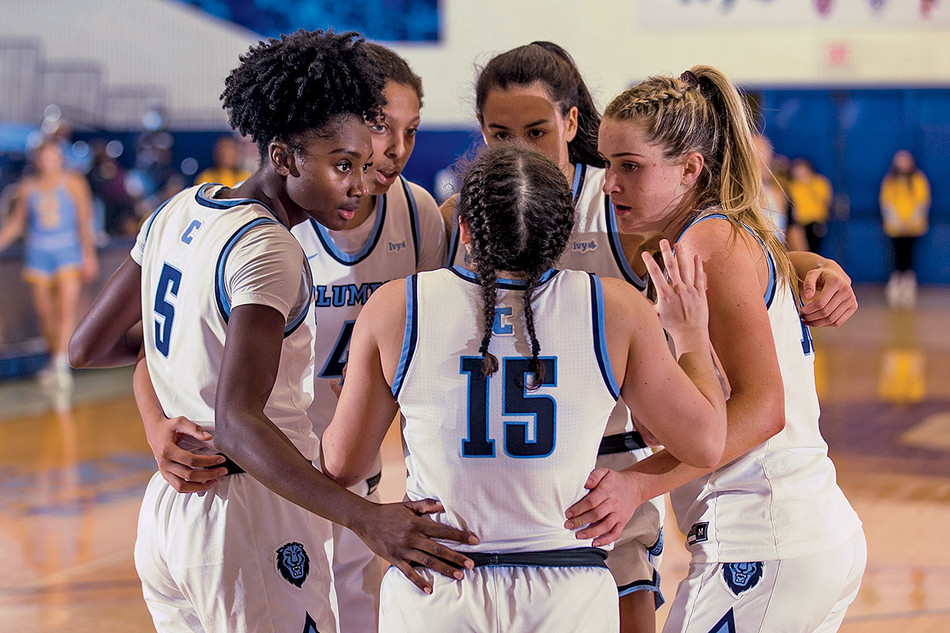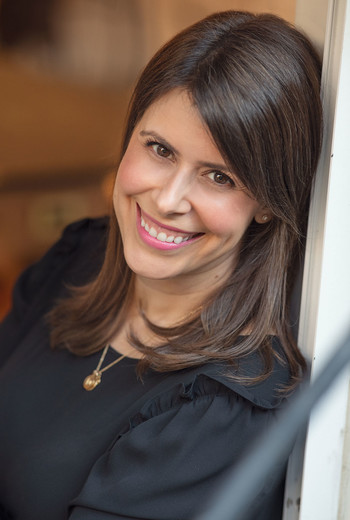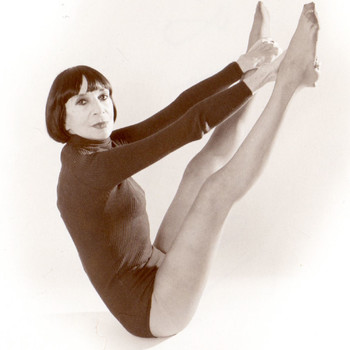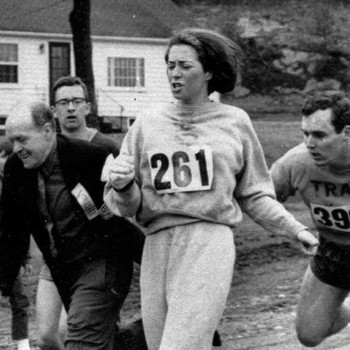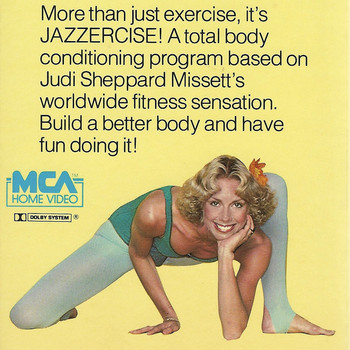Danielle Friedman ’09JRN is a journalist who writes about culture and women’s health. Her recent book Let’s Get Physical: How Women Discovered Exercise and Reshaped the World looks at the history of a multibillion-dollar industry and the female entrepreneurs who have shaped, sculpted, and strengthened it.
Tell us about the history of women’s workout culture.
Throughout the first half of the twentieth century, sweating and having visible muscles were considered unladylike. Physical strength was associated with masculinity and manual labor. Long seen as the “weaker sex,” women were told by the medical community that vigorous exercise could damage their reproductive organs and even make their uteruses fall out.
Starting in the 1960s, around the same time that second-wave feminism was taking off, public perceptions began changing around exercise and its health benefits, and female fitness pioneers began to proselytize about the benefits of regularly breaking a sweat. With the rise of aerobics, jogging, and strength training during the 1970s and ’80s, women found community and liberation in working out together. Fitness gurus like Jane Fonda promoted the idea that physical strength was vital for women.
It’s been fifty years since the 1972 passage of Title IX. What role did that law play in getting women to become more physically active?
The landmark law, which barred any educational program or activity that received federal funding from discriminating “on the basis of sex,” led to an explosion in high-school and college sports programs for women. This in turn offered girls and women a host of benefits that boys and men had long enjoyed — from the life lessons learned through team sports to physical strength and confidence. Consider this statistic: in 1971, around three hundred thousand girls played varsity high-school sports. Today that number is nearly 3.5 million.
How has social media affected fitness?
On the one hand, we’ve seen people with virtually no expertise become fitness influencers simply because of how they look, which is not only unfortunate but also sometimes dangerous. On the other, Instagram and other channels have led to long-overdue body diversity and an expanded idea of what fitness looks like. Jessamyn Stanley, a self-described fat, queer, Black yogi, is just one example of a new kind of fitness personality: she has hundreds of thousands of followers and has appeared in commercials and on magazine covers. I don’t think she could have achieved that level of influence without social media, where she has created a thriving community of people who previously felt unwelcome in gyms and other fitness spaces because of how they looked.
Where do you see fitness trends going next?
We’re perhaps shifting to a gentler era, as simply walking is becoming a more respected form of exercise within the fitness community. The past few years have also seen more emphasis on the connection between physical activity and mental health. Many people report that stress relief is their primary motivation for exercise, and working out is now widely considered a valuable tool in fighting anxiety and depression. Research has shown that when we move together, whether in a yoga class or a road race, neurochemicals create a feeling of collective joy that helps bond us to strangers and increase pain tolerance. I think we’re moving away from the popular notion that fitness should be about pushing ourselves to our limits and toward it feeling genuinely good.
4 Original Fitness Influencers You Should Know
Bonnie Prudden
“Bonnie Prudden is the largely forgotten godmother of women’s fitness. During the 1950s, she believed too many people were sedentary in their offices and homes. She helped create the Presidential Fitness Test used in public schools and became one of the first TV fitness gurus.”
Lotte Berk
“Lotte Berk, a German-Jewish dancer who escaped Nazi Germany, invented the barre workout, which combines ballet exercises with toning and stretching. Berk was a fixture of the swinging sixties in London and encouraged women to connect with their bodies and sexuality at a time when that was really radical.”
Kathrine Switzer
“In 1967, Kathrine Switzer famously crashed the Boston Marathon when it was not open to women. A race director chased her down and tried to rip off her race number, and photos of the incident made their way around the world. Switzer went on to help organize the first women’s road race and to push for a women’s marathon event at the Olympics.”
Judi Sheppard Missett
“Judi Sheppard Missett, the creator of Jazzercise, made sweating more attractive to many women through her signature style of aerobic dance. By 1982, Jazzercise studios were the second-fastest-growing franchise in the US behind Domino’s Pizza.”
